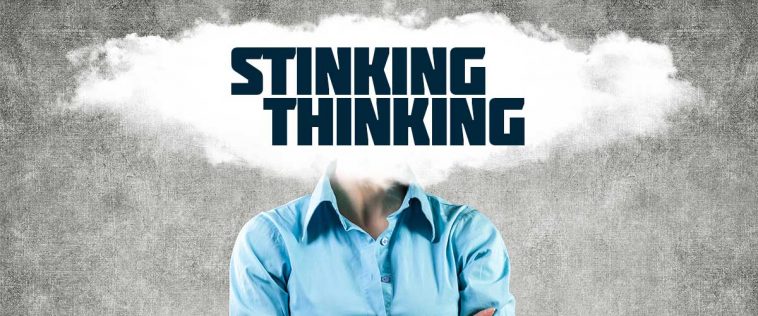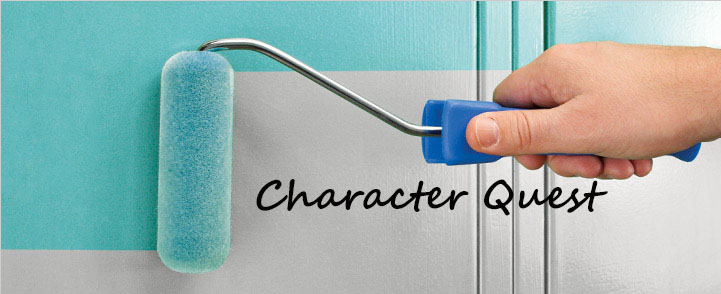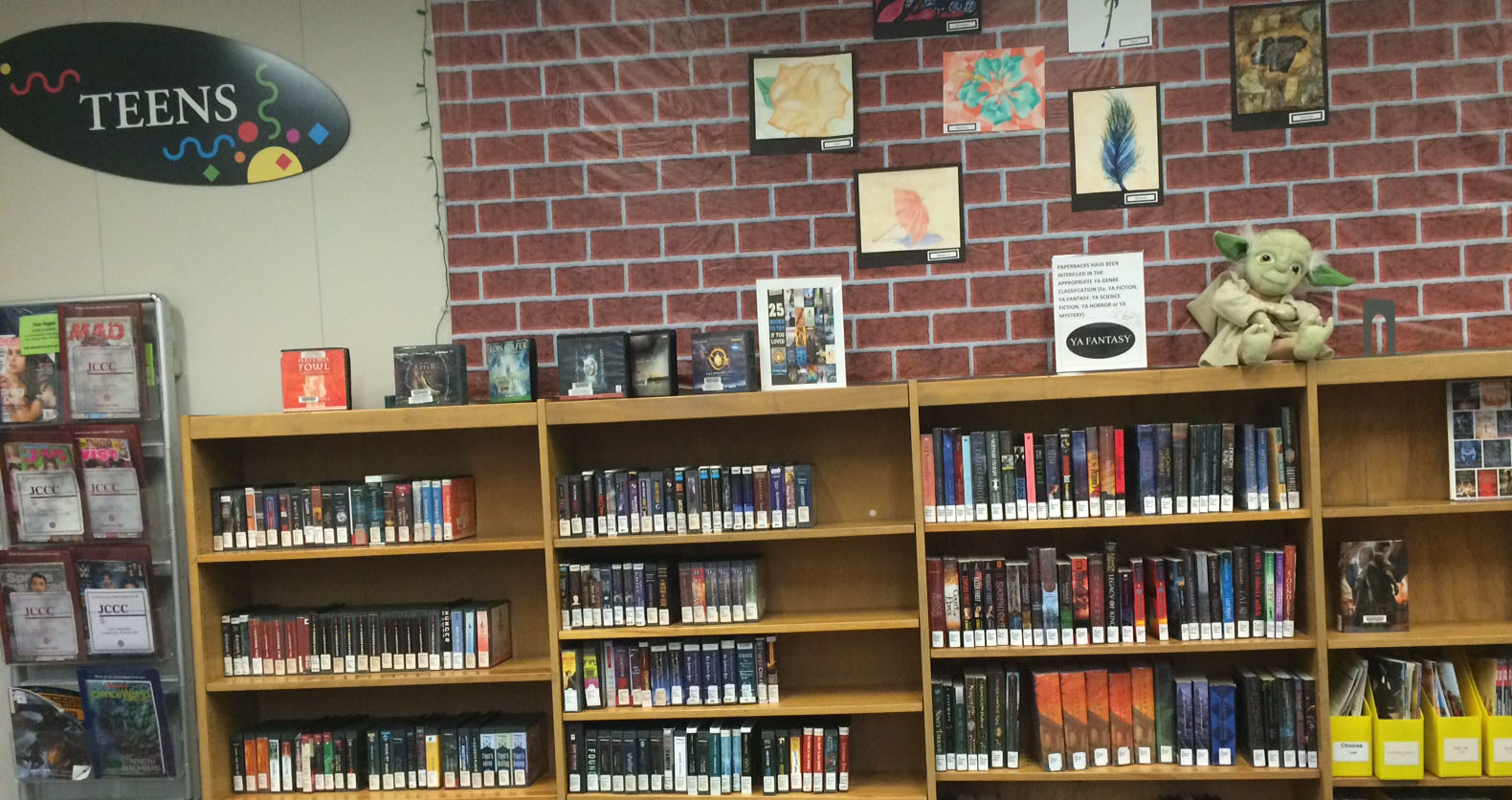
Do you ever talk to yourself? I do. If someone else is around me, I try to keep my actual mouth closed so I can avoid strange looks, but I’m still having a conversation in my head. Please tell me I’m not alone. Dinner plans, what I walked downstairs to do that now escapes me, and my to-do list are common topics bouncing around my brain.
Occasionally, my internal conversations turn into stinking thinking. Getting rid of stinking thinking is the first step in developing a positive attitude—and it’s the step I struggle with the most. Here are seven types of stinking thinking and how to change them.
- Overgeneralization: Making general conclusions based on one event. We use words such as always, all, every, everybody, none, never, and nobody. An example is, “My daughters always take my Nutella.” Try to use words like may, sometimes, most, and often.
- Polarized Thinking: Thinking in black-and-white terms with nothing in between. We think something is either good or bad, a success or failure. An example is, “I just finished eating too much Nutella. Now I’ve completely blown my diet.” (So I might as well eat the rest.) Allow yourself and others room to make mistakes without being labeled as a failure.
- Filtering: Picking out a single negative detail and dwelling on it exclusively. For example, if I received great reviews on a poem I wrote about Nutella, but one person had a negative comment, I would obsess over that one comment and ignore the positive. Try to shift your focus back to the positive.
- Mind Reading: Making snap judgments about others. An example is if I was talking about Nutella and someone wasn’t giving me eye contact, I might think they thought I was boring and not worth listening to. Try to gather evidence before making inferences.
- Should Statements: Telling yourself that things should be the way you hoped or expected them to be. “I should be able to resist eating Nutella.” Try to have more flexibility with your expectations.
- Magnifying: Exaggerating the importance of your problems and shortcomings. “I forgot to pack my daughter’s Nutella and peanut butter sandwich. Now she’s going to be hungry during auditions and not make it and that would be unbearable.” Try tossing out words like awful, terrible, and unbearable. People can cope with much more than you think.
- Personalization: Comparing yourself to others or relating everything back to yourself. “She has better self-control than I do, because she doesn’t eat Nutella.” Try recognizing that most comparisons are meaningless. Each of has have strong and weak points.
So go ahead and talk to yourself. I certainly won’t think you’re strange. But let’s be kind in our mental conversations and avoid the stinking thinking.


